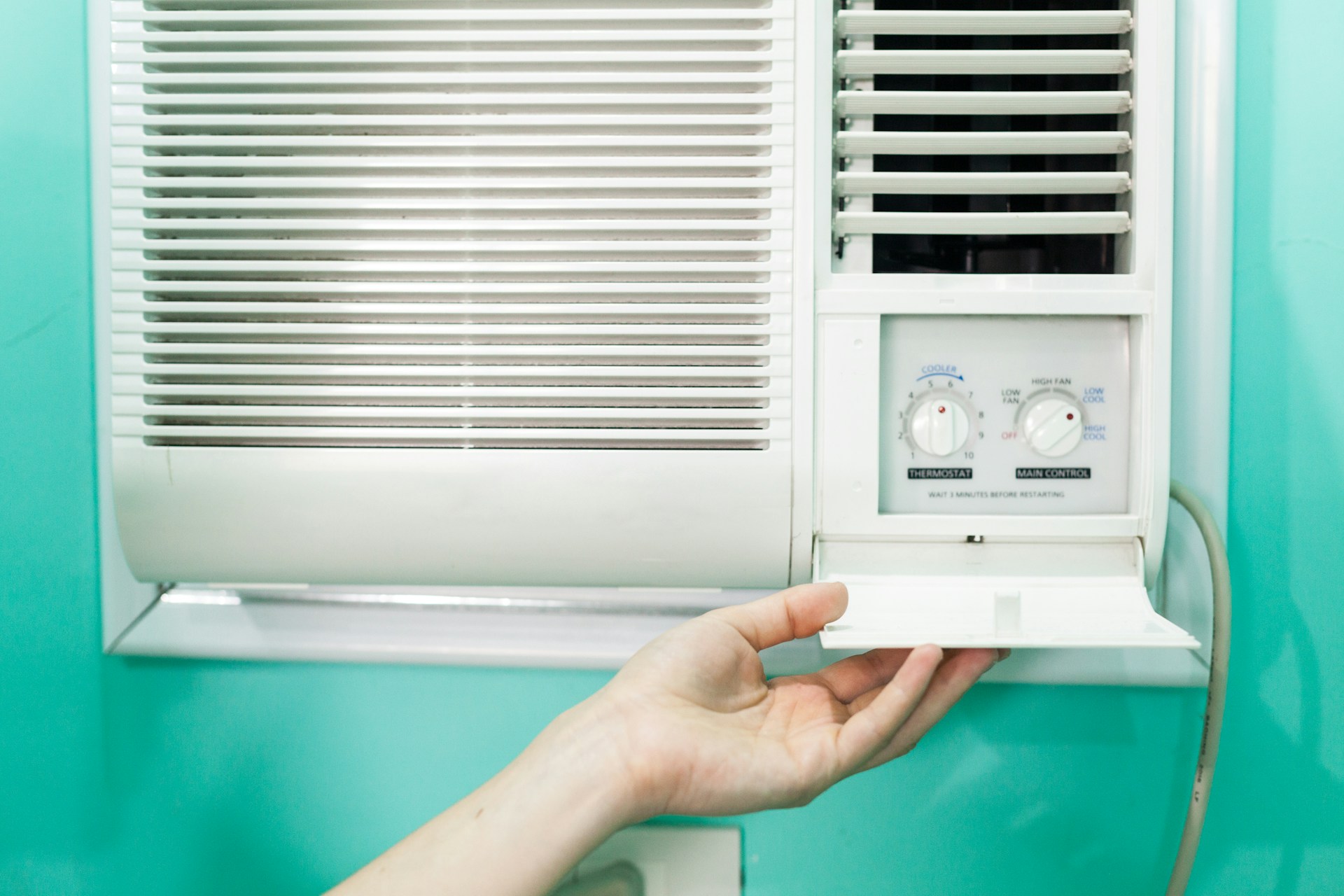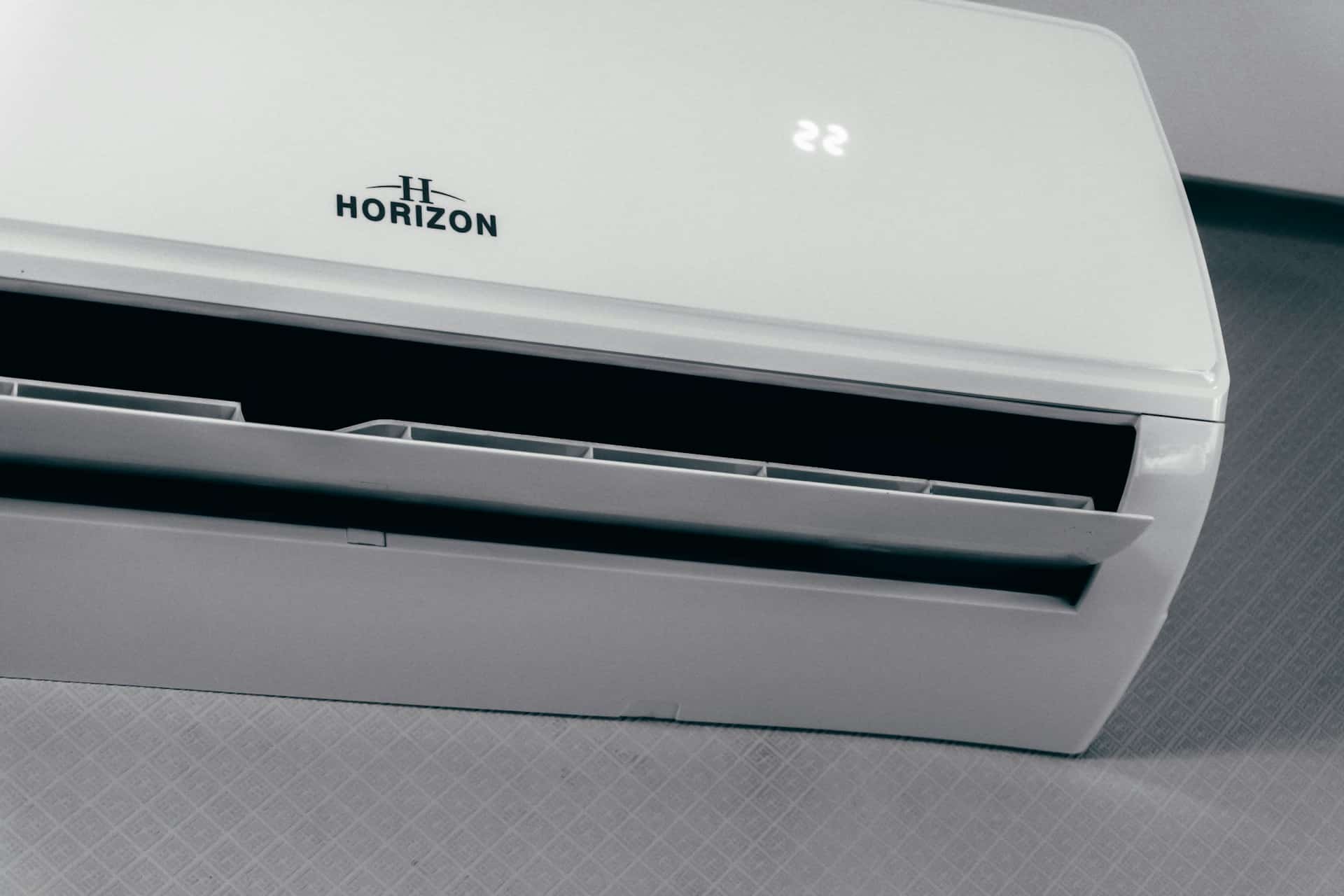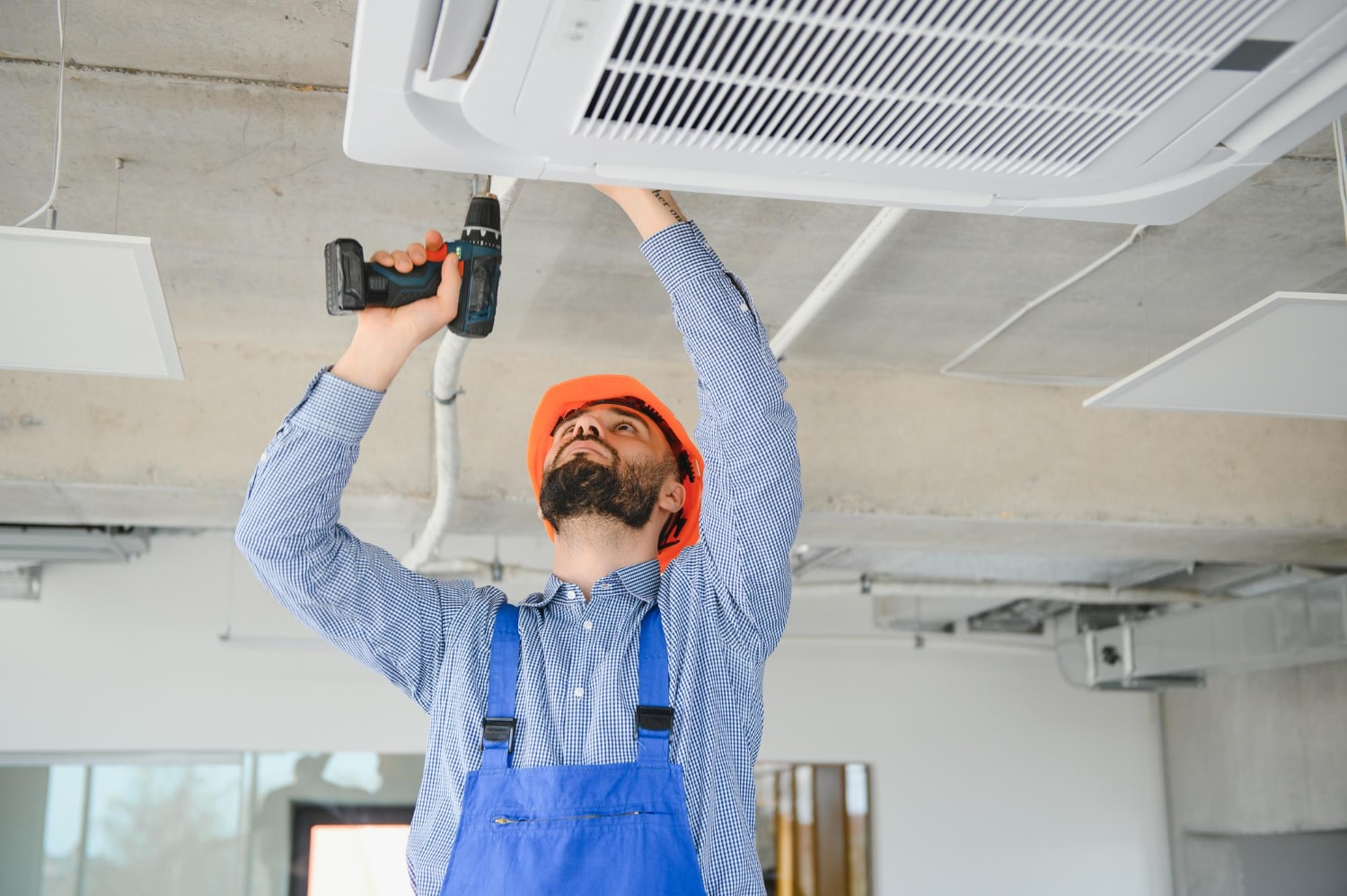When temperatures stay high for months in places like Gilbert, your AC system works overtime. Over the years, all that use can lead to strain, wear, and eventually, lower performance. You might notice it’s not cooling like it used to, or maybe it keeps making strange sounds that weren’t there before. Even if it’s technically working, an old system can quietly drain your energy bill and push itself closer to a breakdown.
Deciding when to replace an old AC system isn’t always easy. You might wonder if it’s smarter to fix what you have or just go ahead and get a new one. But if you’re dealing with constant repair appointments or your home never feels as cool as it should, it might be time to think about an upgrade. Gilbert homeowners especially can’t afford to gamble with AC problems when the weather stays hot well into fall.
Signs Your AC System Might Need Replacing
Knowing the early signs of AC trouble can help you take action before you’re stuck without cool air. Most of the warning signs start small but grow over time. Pay attention to the way your system is acting. If something feels off, it probably is.
Here are some clear signs it may be time to consider AC system replacement:
– Frequent breakdowns and repairs
If you’re calling your HVAC tech more often than you’d like, it’s probably not a coincidence. Older systems tend to have failing parts that stop working one after another. At some point, you stop saving money on repairs and start spending more than the system is worth.
– Rooms feel uneven in temperature
One room feels like a fridge while another feels warm and stuffy? Uneven cooling usually points to either airflow issues, duct problems, or an AC that’s no longer strong enough to cool your home evenly.
– Your energy bills keep climbing
Energy costs can go up over time, but sudden spikes (with no change in usage) could mean your AC is using more power to do less work. This is common with older systems that have to run longer and harder to keep up.
One homeowner in Gilbert had a unit that was still humming along after 15 years, but it needed multiple repairs during each monsoon season. Once the third compressor issue happened in two years, they decided it wasn’t worth the stress or cost, especially knowing hotter temps were ahead.
If you spot one or more of these signs, it might be smart to start looking into your options instead of waiting for a total breakdown.
Benefits Of Upgrading To A New AC System
If your old unit has been on borrowed time, replacing it can bring more than just relief on a hot day. A newer AC isn’t just about staying cool, it’s about having peace of mind knowing your system isn’t fighting to stay alive every time you turn it on.
Here’s what a new system brings to the table:
– Lower energy use
Older AC systems can be energy hogs. A newer unit is built to run more efficiently, which can help reduce monthly energy costs over time.
– More comfort, less noise
Newer models cool more consistently and often do it quietly. You won’t hear constant kicking on and off or rattling from worn-out parts. Just smooth, steady cooling.
– Better control over your home
Many modern systems allow zoned cooling, programmable settings, and smart home features. With the right upgrades, you’ll have more control over how and when your home gets cooled—without wasting energy.
Besides cooling better, modern systems are also designed with air quality in mind. They help filter out more dust, allergens, and pollutants so you can breathe better indoors. That’s especially helpful for families with allergies or asthma, which are more common in dry, dusty areas like Gilbert.
Getting a new AC doesn’t just solve problems. It prevents a lot of future ones too. It reduces the risk of mid-summer emergencies, stretches the lifespan of the system, and makes sure you’re not stuck sweating out another summer with something that barely works anymore.
Considerations Before Replacing Your AC System
Before deciding to replace your AC system, it’s smart to take a step back and look at a few core details. A new system is a long-term investment, and if you jump in without the right prep, you might end up with something that doesn’t really meet your needs.
Start with the basics. Look at how large your home is and how it’s laid out. Every system has a size range it can cover effectively. A unit that’s too small will work way too hard, and one that’s too big will keep switching on and off more than it should, which can wear it out early.
Next, it’s worth sitting down and planning a clear budget. Replacing a system doesn’t have to mean spending way beyond your limit, especially if you’re keeping long-term savings in mind. Many homeowners in Gilbert look for options that spread the costs over time instead of paying all at once. Some installations may include energy-saving features that help recover those costs more gradually, especially through Arizona’s intense cooling seasons.
Finally, think about the type of system that would work best in your home. There are a lot of brands and options out there, but not every model works for every space. It’s smart to research features that matter to you. For example, you may want one that’s whisper-quiet, or maybe you’re interested in smart thermostat pairing. You might also consider models equipped for variable-speed cooling or better humidity control, especially if dry indoor air has been a problem.
Taking the time to go over these points helps you feel more confident when the installation process begins. You’ll know why you’re switching systems, what you expect from the new one, and how it fits your home’s daily comfort needs.
How Professionals Can Help
Once you’ve decided to move forward with a replacement, bring in a professional—it makes a huge difference. A trained technician doesn’t just get the job done faster. They make sure everything is sized, placed, and wired correctly from the start. That means no risky shortcuts or guessing at settings that affect how your system cools.
Here’s what professional support covers:
– Initial home and system evaluation
An expert will walk through your home, check your current unit, and ask about any cooling issues you’ve noticed. This helps them recommend a system that matches your home’s size and layout.
– Installation without missed steps
From sealing connections to cleaning up after the job, professionals know how to set up a system that’s safe, efficient, and built to last.
– Service that keeps your warranty valid
Many AC brands require proof of professional installation and regular checkups to keep their warranties active. Skipping this step can void your coverage and cost you more in the long run.
– Ongoing support with regular maintenance
Just like your car, your AC does better with scheduled checkups. An HVAC pro can help keep everything running clean, cool, and trouble-free throughout Gilbert’s warm season.
If you’re wondering where to start, ask neighbors or friends in the area who they trust. Look for clear communication, on-time service, and someone who doesn’t mind answering your questions as the process moves along.
Keep Your Home Cool and Comfortable Year-Round
Thinking ahead saves more than just money. It saves you the stress of emergency repairs during peak heat and keeps your home feeling like a place you can actually unwind. Once you’re seeing signs that your AC might not make it through another Gilbert summer, it’s better to plan for a replacement than push things too far.
You don’t have to wait for a full breakdown. When your system starts showing signs of aging or costs more to keep going than it’s worth, making a change can bring comfort back with cooler nights, quieter performance, and no surprises when your energy bill arrives. Take it one step at a time and stay focused on keeping your home comfortable long-term.
If your AC has been acting up during the hottest part of the year, it might be time to think about an AC system replacement to keep things running smoothly. Let JLM Air Conditioning and Heating help you stay cool and comfortable through every Mesa summer. Reach out today if you’re ready to make your home more efficient and reliable all season long.



